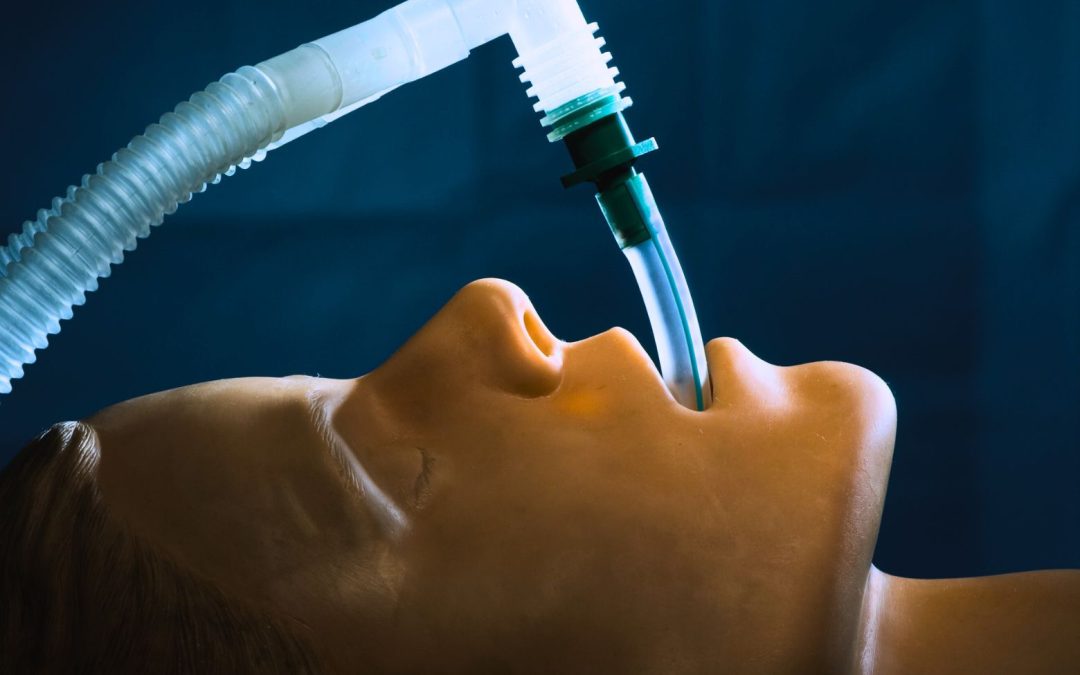Utilizing CIWA to Treat AWS
There are tools and protocols that exist in most EDs designed to increase patient safety and prevent harmful outcomes. The (CIWA-AR) scale is a revised tool to decrease the risk of complications, assess, and manage alcohol withdrawal and optimize patient safety.
The 10-item scale that quantifies the severity of the alcohol withdrawal syndrome offers usefulness, validity, and reliability in measuring a patients symptomology including auditory, visual, and tactile disturbances. As with any tool, limitations of CIWA-AR exist.
In a demanding emergency department, administering the tool hourly can be cumbersome. The tool requires the patient to have the capabilities to answer the questions. Confounding psychiatric conditions and comorbidities may alter the tools validity.
Emergency room staff can incorporate CIWA-AR into their clinical care. Nurses and healthcare professionals can complete the assessment in less than 2 minutes. The cumulative score of the ten symptoms determines a severity range for a patient’s withdrawal syndrome, with each category scored with a max of seven points.
A total score between 8-10 indicates mild withdrawal. A score between 8-15 shows moderate withdrawal. Scores of fifteen or more indicates severe withdrawal and an increased risk for delirium tremens (DTs). The ten alcohol withdrawal symptoms measured include:
- Agitation (0-7)
- Anxiety (0-7)
- Auditory disturbances (0-7)
- Clouding of sensorium (0-7)
- Headache (0-7)
- Nausea/vomiting (0-7)
- Paroxysmal sweats (0-7)
- Tactile disturbances (0-7)
- Tremor (0-7)
- Visual disturbances (0-7)










